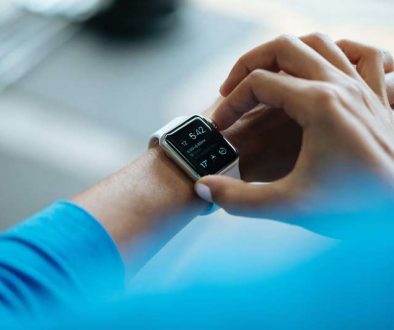A Great Exercise to Erase Low Back Pain
Watch a toddler pick up a ball and then ask an adult to do the same task. What’s the most obvious difference you notice? The toddler hinges at the hips, sitting back and down into a deep squat to grasp the ball, pulling it close to the body.
The toddler powers through the hips, glutes, and thighs in returning to the starting position. It’s all in the hips!
The adult flexes forward at the waist and lumbar spine with little to no involvement of the hips, glutes, and thighs. The altered mechanics of bending at the waist, as opposed to the hips, place extreme vector loads on the lumbar spine, leading to microtrauma, dysfunctional movement patterning, and eventually pain.
Optimal movement patterning and proper lifting techniques never had to be taught to the toddler. They simply lifted without thinking. Functional movement is innate to the nervous system in pre-programmed stages of development. So, what happens during the time frame from toddler to adulthood that contributes to lifting technique going horribly wrong? Quite simply: We forget how to move. Add to that the laziness factor and countless hours people spend sitting in our culture, and you have a recipe for inefficient movement. Essentially, our rear-ends have now become our feet!
Toddlers have to yet experience these outside contributors to movement dysfunction, otherwise known as life, and therefore more efficiently. The problem is adults don’t’ know they move wrong! They have crossed over to subconscious dysfunction; their brain perceives the abnormal movement patterning as normal. This inefficient movement leads to microtrauma, pain, and injury.
The Hip Hinge
The hip hinge is a fundamental part of this reprogramming. The hip hinge, generally speaking, is any flexion/extension movement originating at the hips where there is a posterior weight shift. The hip hinge allows a person to maintain a neutral spine by moving at their hips instead of their low back.
Most people will find it difficult to do the hip hinge correctly. Using a dowel rod for neural feedback during the hinge allows you to “feel” the movement and re-establish proper patterning without overloading the nervous system. Here’s how to do it:
- Stand with feet shoulder-width apart and a dowel running along the spine.
- One hand should be holding the dowel on the neck while the other hand holds the opposite end on the low back. (Alternate hand positions between sets.)
- Flex forward at the hip with slight knee bend. The dowel must remain in contact with the head, thoracic spine, and sacrum.
- Stretch should be felt in the hamstrings. Stop movement as soon as the rod leaves contact with the head, thoracic spine or sacrum.
- Assistance may be added to “regress” the movement by placing a 1-2-inch block under the heels. This forces forward weight shift of the body so the client must sit back into the hips to prevent falling. Ankle support also removes the barrier of possible mobility issues in ankle dorsiflexion, which may prevent the squat patterning.
Research has shown that the previous injury is the number-one risk factor for future injury. Motor control limitations such as balance, stabilization and basic coordination, right-to-left asymmetries in muscle activity and flexibility are the next highest indicators associated with risk of future injury. Since the previous injury is unavoidable, we should focus on motor-control limitations and asymmetries as priorities for prevention or reduction of risk factors. Assume you move poorly and take steps to help master fundamental movements like the hip hinge; then watch the magic start to happen.


